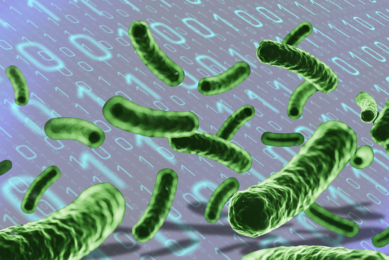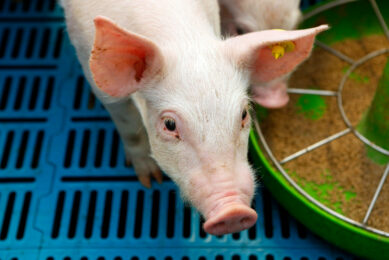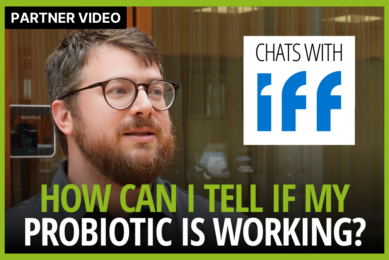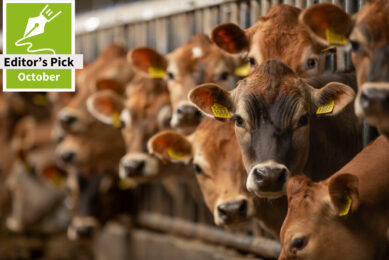Munich University improves probiotic stability
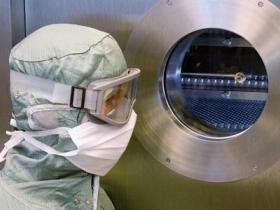
Probiotic bacteria are rapidly gaining ground as healthy food and feed supplements. However, very few probiotic bacterial strains are robust enough to survive conventional production processes.
Researchers from the Technical University of Munich, Germany, have now developed a particularly gentle method that allows the use of thus far unutilized probiotics.
The outcome is beneficial for both manufacturers and consumers: it’s energy and cost efficient — and it makes probiotics less perishable.
So far, probiotic bacteria are mostly freeze-dried, but not all probiotics can withstand this process and it is also quite energy consuming.
The probiotics must first be frozen and in a second step heat is inserted in the sample to transform the ice directly into steam. Thus water is removed from the bacterial culture.
Low temperature and vacuum
The TUM researchers from the Chair of Food Process Engineering and Dairy Technology tried to find a drying process that is both gentler and more environmentally friendly.
In doing so they came across low temperature vacuum drying (LTVD) – a process that runs under mild conditions.
The product remains in a liquid state, since in a vacuum the evaporation takes place at low temperatures. Compared to freeze-drying, this method requires 40% less energy.
Dr. Petra Först’s team conducted experiments on this process using three probiotic bacterial strains. The TUM researchers first determined the optimal LTVD conditions and then, in a second step, compared the results with conventional freeze-drying.
The results were unexpected: LTVD resulted partially in a higher survival rate than conventional drying. For instance, the yoghurt strain Lactobacillus bulgaricus, which barely survives freeze-drying, showed a ten times higher yield following LTVD.
Conversely, it turned out that probiotics that handle freeze-drying very well, performed poorly in low temperature vacuum drying. To cut a long story short: The optimal drying process depends on the respective bacterial strain.
Molecular background
Dr. Jürgen Behr and his research team at the TUM Chair of Technical Microbiology focused on the molecular background of this phenomenon. They looked into possible differences between bacterial strains that might explain the disparate behaviour during drying.
The secret could be traced back to the bacterial cell membranes, which protect the bacteria from environmental influences.
The researchers demonstrated that in probiotics this adaptable "shield" has a different fatty acid composition for every bacterial strain.
The researchers can now even control this composition by adjusting the cultivation conditions before the drying process. In an experiment they successfully increased the survival rate of a bacterial strain by about 50% – merely by optimizing growth conditions.
Shelf life
The low temperature vacuum drying process is not only the most energy efficient one; it also has a positive influence on storage stability.
Tested in human food and compared to probiotics from conventional freeze-drying, probiotics in powder form produced using LTVD keep significantly longer in mueslis or infant formula once the packaging is opened.
Thus, more active bacteria remain in the product until it is consumed, even when stored under unfavourable conditions.




